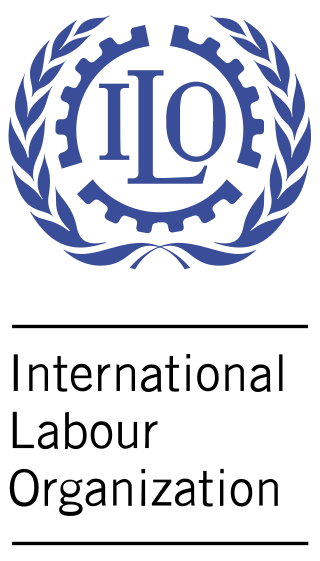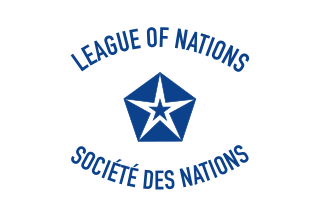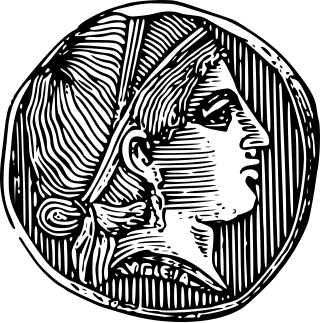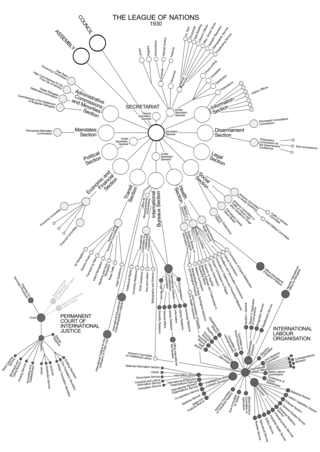Related Research Articles

The International Labour Organization (ILO) is a United Nations agency whose mandate is to advance social and economic justice by setting international labour standards. Founded in October 1919 under the League of Nations, it is one of the first and oldest specialised agencies of the UN. The ILO has 187 member states: 186 out of 193 UN member states plus the Cook Islands. It is headquartered in Geneva, Switzerland, with around 40 field offices around the world, and employs some 3,381 staff across 107 nations, of whom 1,698 work in technical cooperation programmes and projects.

The League of Nations was the first worldwide intergovernmental organisation whose principal mission was to maintain world peace. It was founded on 10 January 1920 by the Paris Peace Conference that ended the First World War. The main organization ceased operations on 20 April 1946 when many of its components were relocated into the new United Nations. As the template for modern global governance, the League profoundly shaped the modern world.

The Universal Declaration of Human Rights (UDHR) is an international document adopted by the United Nations General Assembly that enshrines the rights and freedoms of all human beings. Drafted by a UN committee chaired by Eleanor Roosevelt, it was accepted by the General Assembly as Resolution 217 during its third session on 10 December 1948 at the Palais de Chaillot in Paris, France. Of the 58 members of the United Nations at the time, 48 voted in favour, none against, eight abstained, and two did not vote.

The World Health Organization (WHO) is a specialized agency of the United Nations responsible for international public health. It is headquartered in Geneva, Switzerland, and has six regional offices and 150 field offices worldwide.

The Rome Statute of the International Criminal Court is the treaty that established the International Criminal Court (ICC). It was adopted at a diplomatic conference in Rome, Italy on 17 July 1998 and it entered into force on 1 July 2002. As of November 2019, 123 states are party to the statute. Among other things, it establishes court function, jurisdiction and structure.

The Charter of the United Nations (UN) is the foundational treaty of the United Nations, an intergovernmental organization. It establishes the purposes, governing structure, and overall framework of the UN system, including its six principal organs: the Secretariat, the General Assembly, the Security Council, the Economic and Social Council, the International Court of Justice, and the Trusteeship Council.
The Convention for Limiting the Manufacture and Regulating the Distribution of Narcotic Drugs was a drug control treaty promulgated in Geneva on 13 July 1931 that entered into force on 9 July 1933.

A United Nations Parliamentary Assembly (UNPA) is a proposed addition to the United Nations System that would allow for greater participation and voice for members of parliament. The idea was raised at the founding of the League of Nations in the 1920s and again following the end of World War II in 1945, but remained dormant throughout the Cold War. The Campaign for a United Nations Parliamentary Assembly (CUNPA) was formed in 2007 by Democracy Without Borders to coordinate pro-UNPA efforts, which as of June 2017 has received the support of over 1,600 members of parliament from over 100 countries worldwide. The Commission on Global Security, Justice and Governance, chaired by former U.S. Secretary of State Madeleine Albright and former Nigerian Foreign Minister Ibrahim Gambari, has called for the creation of a United Nations Parliamentary Network "to raise greater awareness and participation by strengthening the voices of legislators in global institutions." The commission proposes that this Network "would be similar in initial composition to the Parliamentary Network on the World Bank and International Monetary Fund and the Parliamentary Conference on the World Trade Organization". In July 2018, the European Parliament adopted a recommendation to the European Council endorsing a proposal for the establishment of a United Nations Parliamentary Assembly.
The International Trade Organization (ITO) was the proposed name for an international institution for the regulation of trade.

The Covenant of the League of Nations was the charter of the League of Nations. It was signed on 28 June 1919 as Part I of the Treaty of Versailles, and became effective together with the rest of the Treaty on 10 January 1920.
The International Sanitary Conferences were a series of 14 international meetings held in response to growing concerns about human disease epidemics. The first of the Sanitary Conferences was organized by the French Government in 1851 to standardize international quarantine regulations against the spread of cholera, plague, and yellow fever. In total 14 conferences took place from 1851 to 1938; the conferences played a major role in the formation of the Office international d'hygiène publique before World War II, and the World Health Organization in 1948.

The International Certificate of Vaccination or Prophylaxis (ICVP), also known as the Carte Jaune or Yellow Card, is an official vaccination report created by the World Health Organization (WHO). As a travel document, it is a kind of medical passport that is recognised internationally and may be required for entry to certain countries where there are increased health risks for travellers.
The International Health Regulations (IHR), first adopted by the World Health Assembly in 1969 and last revised in 2005, are a legally binding rules that only apply to the WHO that is an instrument that aims for international collaboration "to prevent, protect against, control, and provide a public health response to the international spread of disease in ways that are commensurate with and restricted to public health risks and that avoid unnecessary interference with international traffic and trade". The IHR is the only international legal treaty with the responsibility of empowering the World Health Organization (WHO) to act as the main global surveillance system.

The International Office of Public Hygiene (OIPH), also known by its French name as the Office International d'Hygiène Publique (OIHP), was an international organization founded 9 December 1907 and based in Paris, France. It merged into the World Health Organization after World War II.

The League of Nations was established with three main constitutional organs: the Assembly; the Council; the Permanent Secretariat. The two essential wings of the League were the Permanent Court of International Justice and the International Labour Organization.

Camille Barrère was a French diplomat, most notably the ambassador to Italy from 1897 to 1924.

The Public Health (Aircraft) Regulations 1938, created by the Ministry of Health, dealt with preventing the entry of infectious diseases into Britain via aircraft, applied to all HM Customs and Excise approved airports where foreign aircraft land and came into force on 1 July 1938. They were constructed to comply with the Office International d'Hygiene's International Sanitary Convention for Aerial Navigation, first drafted in Paris in 1930. The regulations established sanitary aerodromes and its administration was the responsibility of the town councils.

Melville Douglas Mackenzie was a British physician and epidemiologist who worked in the health section of the League of Nations and in many countries pioneering international health collaboration. After World War II, he had a prominent role in founding the World Health Organization (WHO), including the drafting of its constitution.
The International Treaty on Pandemic Prevention, Preparedness and Response or Pandemic Treaty is a proposed international agreement to strengthen pandemic prevention, preparedness and response. The 194 World Health Organization (WHO) member states agreed in December 2021 to begin negotiations on a global pandemic treaty, aiming for a draft agreement to be finalized by May 2024 for consideration by the 77th World Health Assembly. The central principle for the instrument is equity.
References
- 1 2 3 4 5 6 "World Health Organization". The British Medical Journal. BMJ Publishing Group. 2 (4570): 302–303. 7 August 1948. doi:10.1136/bmj.2.4570.302. JSTOR 25364565.
- ↑ "League of Nations Health Organization" (PDF). League of Nations Information Section, Geneva (digitised by WHO). 1931. Archived from the original (PDF) on April 17, 2004. Retrieved 27 March 2012.
- 1 2 3 Shimkin, Michael B. (27 September 1946). "The World Health Organization". Science . American Association for the Advancement of Science. 104 (2700): 281–283. doi:10.1126/science.104.2700.281. JSTOR 1674843. PMID 17810349.
- ↑ "Chronicle of the World Health Organization, April 1948" (PDF). World Health Organization. p. 54. Archived from the original (PDF) on 4 November 2011. Retrieved 18 July 2007.
- ↑ "Chronicle of the World Health Organization, 1947" (PDF). Archived from the original (PDF) on December 5, 2004. Retrieved 18 July 2007.
- ↑ United Nations General Assembly Session 1 Resolution61. Establishment of the World Health OrganizationA/RES/61(I) 14 December 1946. Retrieved 14 November 2007.
- ↑ Iriye, Akira (2002). Global Community: The Role of International Organizations in the Making of the Contemporary World. Berkeley: University of California Press. ISBN 0520231279.
- ↑ "World Health Organization Philippines". WHO. Retrieved 27 March 2012.